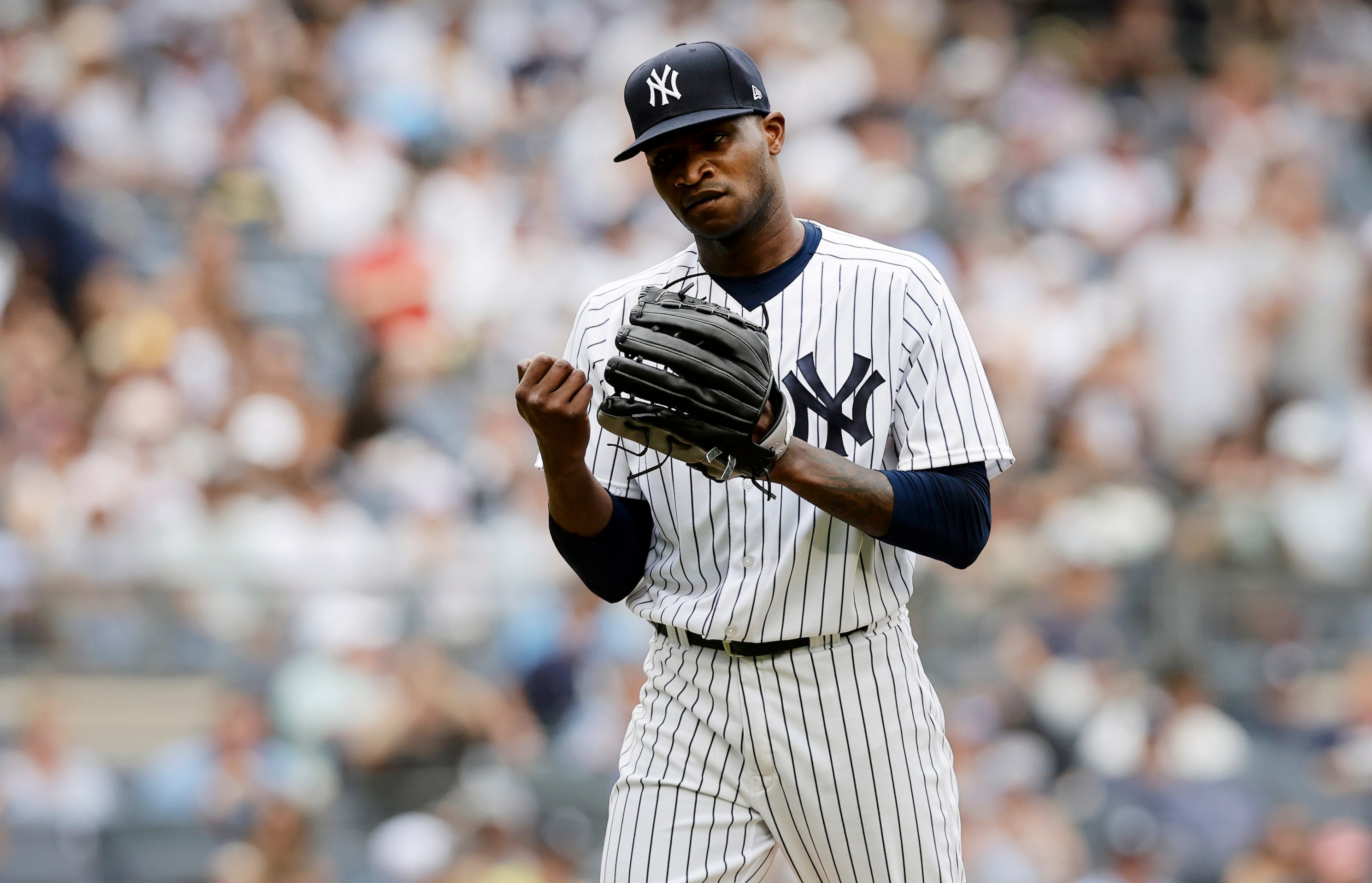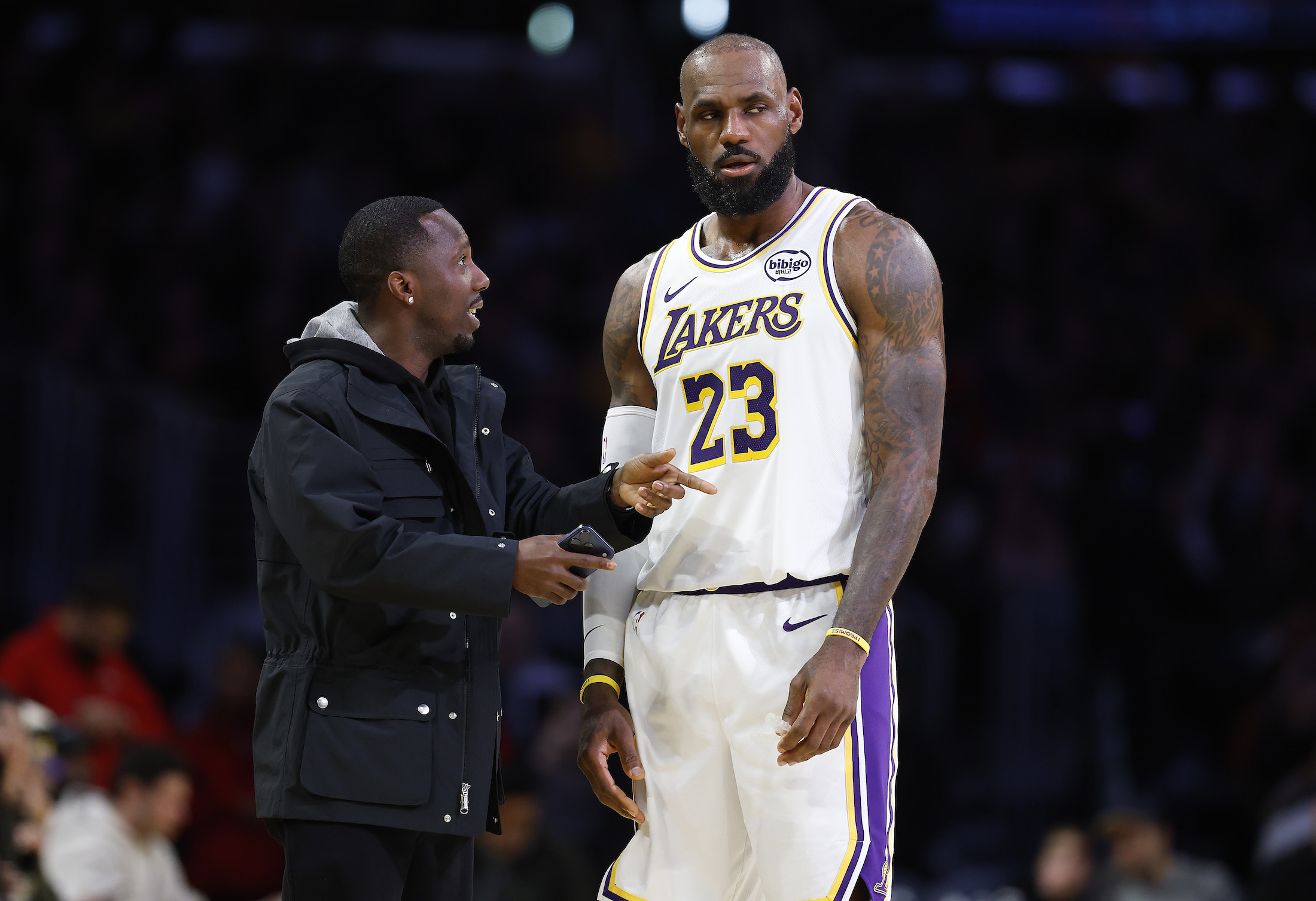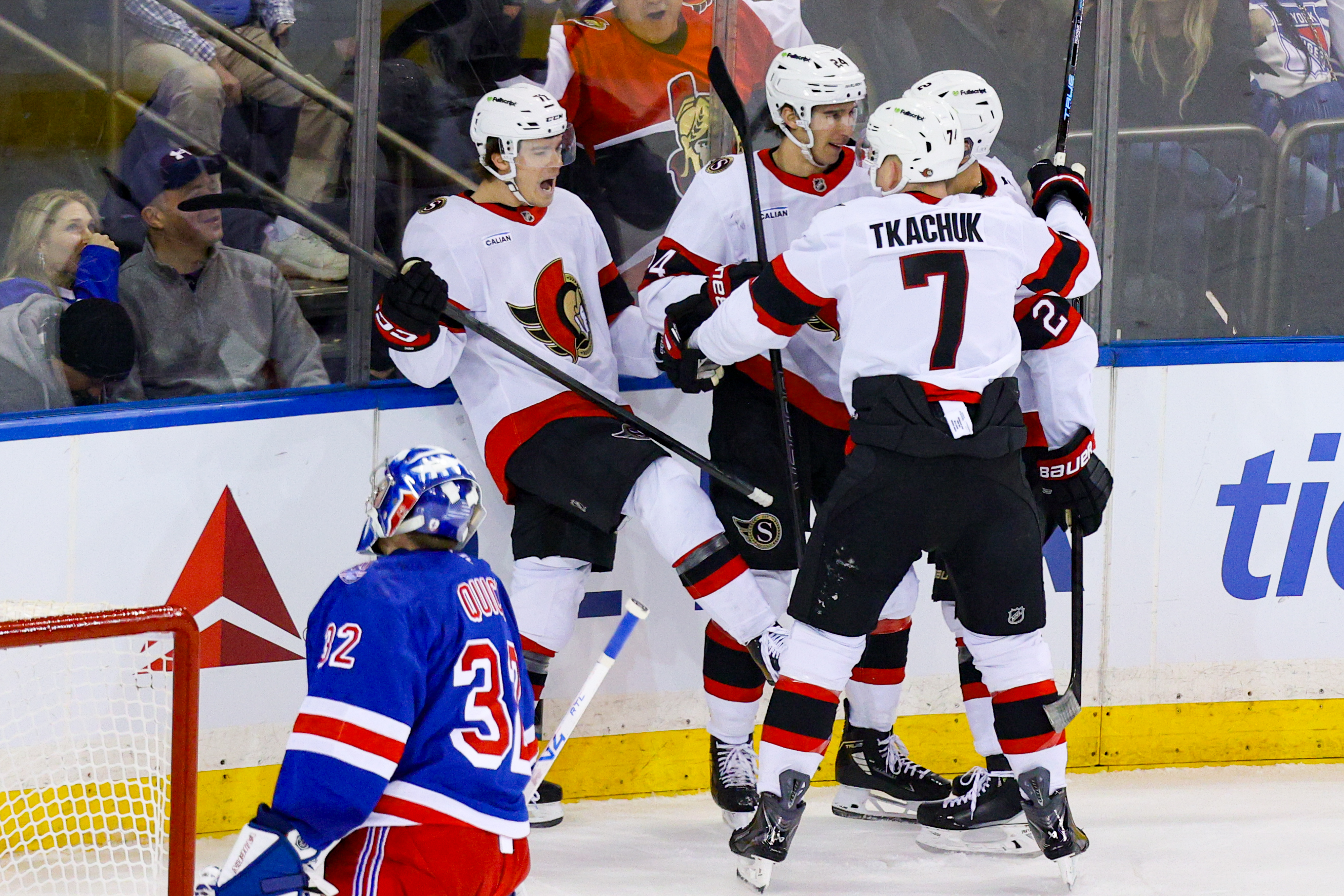Defector has partnered with Baseball Prospectus to bring you a taste of their work. They write good shit that we think you’ll like. If you do like it, we encourage you to check out their site and subscribe.
This story was originally published at Baseball Prospectus on August 3.
Over 110 years ago, the New York Giants had a pitcher named Arthur “Bugs” Raymond, an effective right-hander whose best pitch was a spitball. When they called him Bugs it was a none-too-gentle way of hinting that he belonged in an insane asylum. What made him a candidate for institutionalization was his overwhelming addiction to alcohol; on days he wasn’t pitching he might wander off to a bar in the middle of a game. Even Giants manager John McGraw, who always believed he could straighten out a problem player, lost patience with him and cut him loose at midseason in 1911. Raymond was unable to latch on with another big-league club. The next year he wrote McGraw begging for reinstatement. The manager’s response was just four words long: “I have enough troubles.” On September 1, 1912, one Fred Cigranz—sometimes, unbelievably, characterized as a “fan” but more likely a drinking companion kicked Raymond’s skull in during a brawl after a semi-pro game; within a few days the pitcher suffered a cerebral hemorrhage and died.
On Wednesday, August 2, the New York Yankees placed pitcher Domingo Germán—he of the June 28 perfect game and the long domestic violence suspension of 2019-2020—on the restricted list, “to voluntarily submit to inpatient treatment for alcohol abuse,” something Raymond was unwilling or unable to do. Germán will miss the remainder of the season. Whereas general manager Brian Cashman told reporters that Germán had had an incident “yesterday,” which would seem to suggest August 1, Germán coming to the ballpark “unprepared to play” on July 31, in the old, obfuscatory language of inebriation and hangovers, would explain the odd sequence of that day. German was scratched from his scheduled start due to “armpit discomfort,” then, suddenly feeling better, emerged from the bullpen in the fifth inning and pitched the rest of the game. An off-the-field cause would seem more likely than the armpit that didn’t bark in the night.
Whatever the reality of Germán’s July 31-August 1 dark night of the soul (or dark night of the armpit, or both), this is a heartening outcome compared to baseball’s old way of tolerating excessive drinking right up to the point a player ceased to function as an athlete. “No ballplayer should ever get into the habit where he drinks before a ball game,” McGraw disciple Casey Stengel wrote. “When I had one of those boys, I said, ‘Well, this man is limited… if he doesn’t want to change—why, disappear him.” This cold-hearted approach eschewed humanity, removing an alcohol problem from the ballclub while abandoning the player to his addiction. Baseball was a business, a player was either capable of contributing or not, and, as McGraw’s handling of Raymond showed, their obligations to each other went no further than that. Today when teams pretend their businesses are also families they’re still indulging in a lot of hooey, but in this regard the distance between rhetoric and reality has narrowed.
In fairness to the primitivist McGraw (when George Bernard Shaw, after meeting McGraw, called him “the real and authentic Most Remarkable Man in America,” one suspects this quality is precisely what he was referring to), Raymond was a very severe addict at a time when attitudes about addiction were primitive and condemnatory. He was a rumpot, a drunken bum, a lush, not a victim. Yet, even before attitudes in and out of the game evolved there were baseball men who did more than just “disappear” a player with a problem. Baseball teams give a lot of lip-service to the idea that a club is not just a business but a community, but rarely have they demonstrated it the way that Cleveland general manager Cy Slapnicka did for catcher Rollie Hemsley in 1939. Hemsley was a durable catch-and-throw backstop of the period and good enough at it to be a five-time All-Star. He also had a problem, the same one Germán has now. It was no secret; Hemsley was a well-known clubhouse cutup whose antics were fueled by booze, as were Rabbit Maranville’s or Hack Wilson’s before him. For years, writers played these stories for laughs instead of pathos, depicting the dipsomaniacal player as a figure of fun and eliding the reality that he was indulging in a game of gradual suicide. Slapnicka did, though. First he talked to Hemsley, then he worked with his family, and when Helmsley still wavered, arranged for him to be intercepted by members of the then relatively new organization Alcoholics Anonymous as he stepped off of a train. They bundled Hemsley off to a meeting and, grateful instead of resentful, he took the program to heart. He was sober, if not from that very moment then soon after and for the rest of his life, much of which was spent in the game.
A year later, Hemsley caught Bob Feller’s Opening Day no-hitter and also drove in the only run of the game. After, he dropped the “anonymous” part of things, telling reporters that his performance was due to Slapnicka’s intervention and his resultant year-long abstinence. “I want others to know the reason why,” he said, “so they can be helped.”
Hemsley, who spent the rest of his life proselytizing for Alcoholics Anonymous, was ultimately a sympathetic figure. People liked him. They enjoyed his sense of humor and his on-field skills. That he turned his penchant for self-destruction inside-out so others might be rescued as he had been (a quality he had in common with later ballplayers like Ryne Duren and Sam McDowell) adds a heroic quality to his story. One hesitates to use the word “redemption” because it’s presumptuous—it is not our place to say whether Hemsley was in need of it or owed it to anyone—but there is something moving in the inversion of his attitude. The alcoholic (whether a social or solitary drinker) subtracts himself from the society of his fellows by placing a chemical barrier between himself and them, one that warps personality and defeats rationality and reliability. Eventually, he may remove himself altogether as his illness progresses through isolation and death. Hemsley restored himself to his community and did his best to restore others as well. Over the history of baseball, there have been many more players who, given the same chance, rejected it, or perhaps more aptly, were unable to accept it. Raymond was one, and he paid the highest price.

Germán, at least to date, has not been a sympathetic figure. It is tempting to infer that his past domestic violence incident was fueled by inebriation, but as the self-help folks are fond of saying, that is a reason, not an excuse; it doesn’t exculpate him for anything. Far more trivially, he’s a frustrating player. We don’t expect our players to always be good, but we do like them to be broadly reliable within their established bounds. Germán has been all over the place, a fine control pitcher who is literally capable of pitching a perfect game but whose overall results have been league-average at best. As we wrote in our 2022 annual, Germán has four distinct states of existence: Dominant, awful, injured, and suspended. Three of the four tend to be less than endearing.
To those we can now add, in a spirit of optimism and support, “recovering,” “restricted” being too prejudicial, too judgmental. Echoing the vocabulary employed by the Yankees’ own press release, MLB.com headlined its story on the pitcher, “Domingo Germán submits to inpatient treatment for alcohol abuse,” (emphasis added) which seems to imply an element of coercion or reluctance that one would hope was absent from the process by which he arrived at accepting assistance. In the same way we wonder about the source of his violence, we might speculate that his erratic performances have stemmed from an erratic relationship with sobriety and if saving his life might also elevate his career. This is, of course, entirely beside the point; we ought to be satisfied with the former, which is by no means a sure thing. Should Germán be able to make his addiction submit, he will be in recovery for the rest of his life. If better pitching comes from it, so be it; if he gets to live the rest of his life in control of himself and his faculties, that would be enough.
In neither case is Germán necessarily owed another chance to perform at the big-league level, and he certainly is not owed forgiveness by the fans, but that doesn’t mean there is nothing further he has to teach us. Baseball asks a lot of patience and generosity from us. Even with the best player, it asks us to understand the two outs he makes out of three or the two runs he allows when his teammates score only one. Now and again it also asks us to understand more broadly human failings, even when, as with Germán, the player hasn’t earned our loyalty. In a sense, his crucible is also ours. He will be tried by the misappropriated circuits of his own mind, those that drive his cravings; we by our urge to dismiss an athlete when he fails, for all too human reasons, to be in shape to play. Bugs Raymond killed himself. Bugs Raymond was killed by Fred Cigranz. Bugs Raymond was killed by John McGraw. Bugs Raymond was killed by the fans who traded him beers for baseballs and let him drift away to the fatal sandlot. There’s a person under the uniform. These are separate issues, person and pajamas, and only one of them matters.






